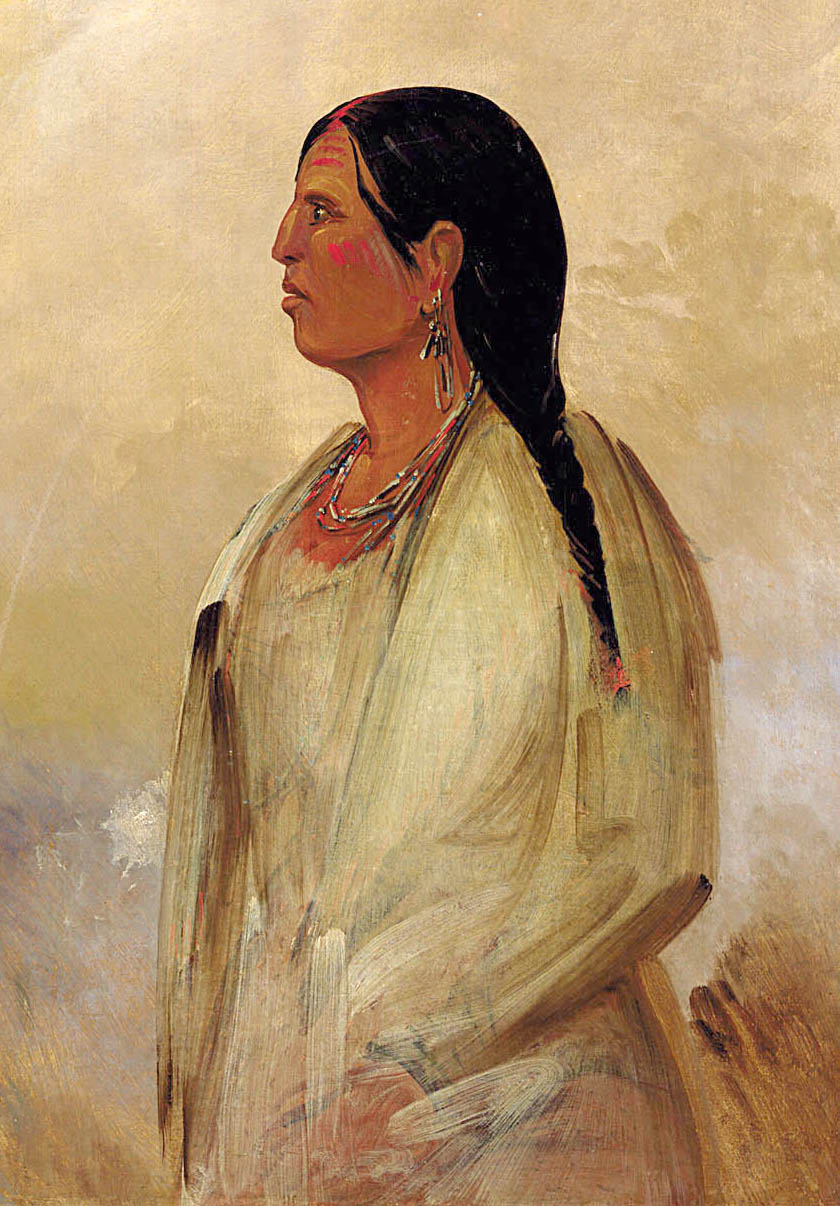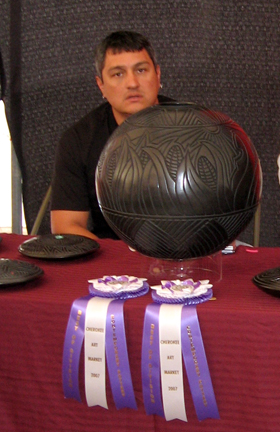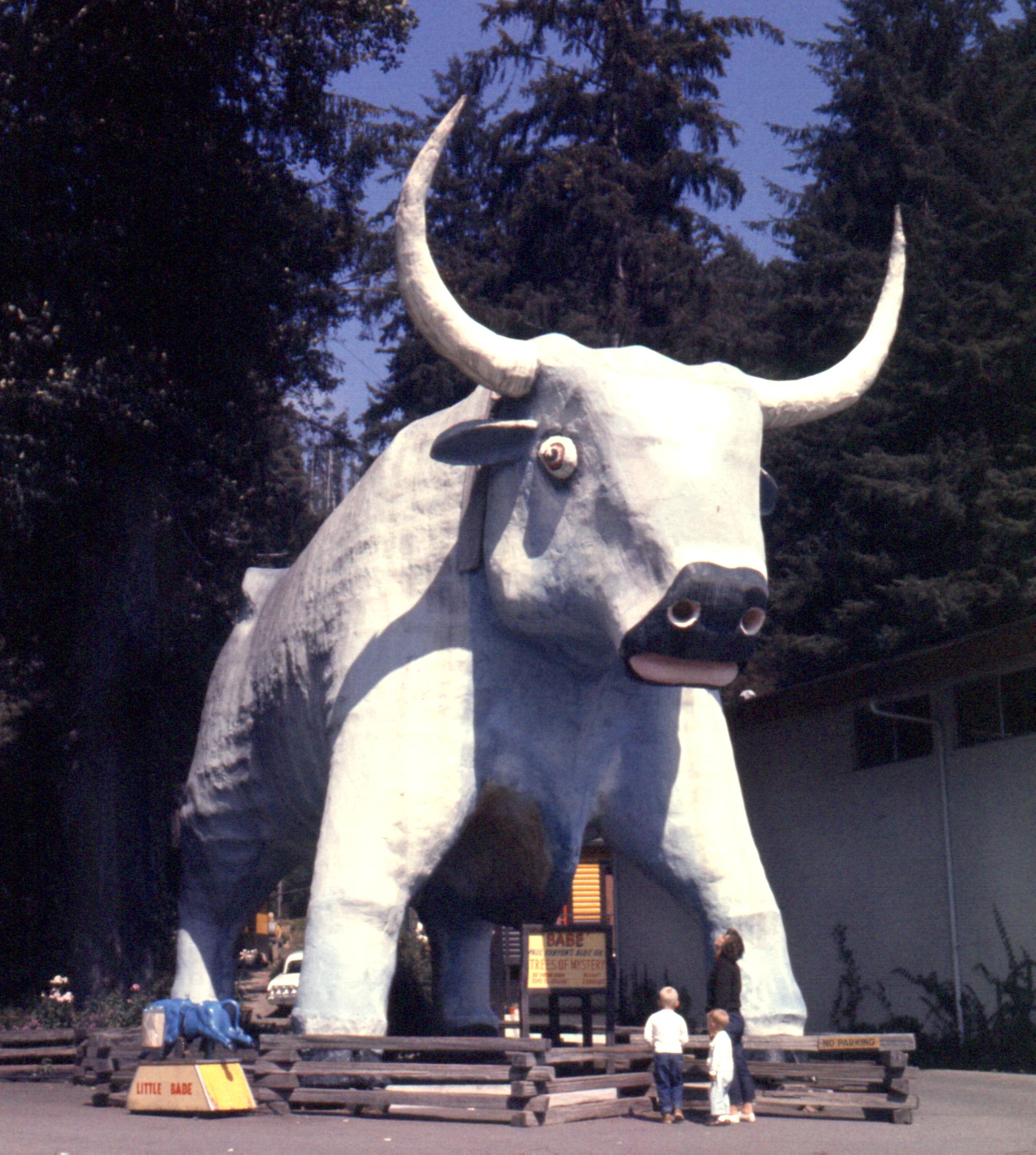|
Indian Reservation (The Lament Of The Cherokee Reservation Indian)
"Indian Reservation (The Lament of the Cherokee Reservation Indian)" is a song written by John D. Loudermilk.Jancik, Wayne ''The Billboard Book of One-Hit Wonders'' 1998. page 247 It was first recorded by Marvin Rainwater in 1959 and released on MGM as "The Pale Faced Indian", but that release went unnoticed. The first hit version was a 1968 recording by Don Fardon a former member of the Sorrows that reached number 20 on the Hot 100 in 1968Whitburn, Joel, ''Top Pop Singles 1955–2002'' Record Research Inc. 1997 pages 238, 589 and number 3 on the UK Singles Chart in 1970. In 1971, the Raiders recorded "Indian Reservation" for Columbia Records, and it topped the Hot 100 on July 24.Bronson, Fred, ''The Billboard Book of Number One Hits'', Billboard Publications, Inc. 1985. On June 30, 1971, the RIAA gold certified the record for selling over a million copies. The record was later certified platinum for selling an additional million copies. The song was the group's only Hot 1 ... [...More Info...] [...Related Items...] OR: [Wikipedia] [Google] [Baidu] |
Don Fardon
Don Fardon (born Donald Arthur Fardon, 19 August 1940, Coventry, Warwickshire, England) is an English pop singer. Fardon is best known for his cover of the song "Indian Reservation" (1968), a UK number 3 hit and global million selling disc. He also wrote the football anthem "Belfast Boy" about George Best. Career Prior to becoming a singer, Fardon worked as a draughtsman for Alfred Herberts Ltd in Coventry. Before his solo success, Fardon was a singer with The Sorrows. His biggest success was his cover version of "Indian Reservation" by John D. Loudermilk (1968, ''Billboard'' Hot 100: number 20; 1970, UK: number 3; Australia: number 4). The global sales were estimated at over one million copies. His follow-up single "Belfast Boy", composed in honour of the Manchester United and Northern Ireland player George Best, reached number 32 in the UK single chart. "Follow Your Drum" reached number 16 on the Australian Singles Chart in May 1972. In 1973, his track "Delta Queen" ... [...More Info...] [...Related Items...] OR: [Wikipedia] [Google] [Baidu] |
Cherokee
The Cherokee (; chr, ᎠᏂᏴᏫᏯᎢ, translit=Aniyvwiyaʔi or Anigiduwagi, or chr, ᏣᎳᎩ, links=no, translit=Tsalagi) are one of the indigenous peoples of the Southeastern Woodlands of the United States. Prior to the 18th century, they were concentrated in their homelands, in towns along river valleys of what is now southwestern North Carolina, southeastern Tennessee, edges of western South Carolina, northern Georgia, and northeastern Alabama. The Cherokee language is part of the Iroquoian language group. In the 19th century, James Mooney, an early American ethnographer, recorded one oral tradition that told of the tribe having migrated south in ancient times from the Great Lakes region, where other Iroquoian peoples have been based. However, anthropologist Thomas R. Whyte, writing in 2007, dated the split among the peoples as occurring earlier. He believes that the origin of the proto-Iroquoian language was likely the Appalachian region, and the split betw ... [...More Info...] [...Related Items...] OR: [Wikipedia] [Google] [Baidu] |
Indigenous Peoples Of The Southeastern Woodlands
Indigenous peoples of the Southeastern Woodlands, Southeastern cultures, or Southeast Indians are an ethnographic classification for Native Americans who have traditionally inhabited the area now part of the Southeastern United States and the northeastern border of Mexico, that share common cultural traits. This classification is a part of the Eastern Woodlands. The concept of a southeastern cultural region was developed by anthropologists, beginning with Otis Mason and Frank Boas in 1887. The boundaries of the region are defined more by shared cultural traits than by geographic distinctions.Jackson and Fogelson 3 Because the cultures gradually instead of abruptly shift into Plains, Prairie, or Northeastern Woodlands cultures, scholars do not always agree on the exact limits of the Southeastern Woodland culture region. Shawnee, Powhatan, Waco, Tawakoni, Tonkawa, Karankawa, Quapaw, and Mosopelea are usually seen as marginally southeastern and their traditional lands represent the b ... [...More Info...] [...Related Items...] OR: [Wikipedia] [Google] [Baidu] |
Plains Indians
Plains Indians or Indigenous peoples of the Great Plains and Canadian Prairies are the Native American tribes and First Nation band governments who have historically lived on the Interior Plains (the Great Plains and Canadian Prairies) of North America. While hunting-farming cultures have lived on the Great Plains for centuries prior to European contact, the region is known for the horse cultures that flourished from the 17th century through the late 19th century. Their historic nomadism and armed resistance to domination by the government and military forces of Canada and the United States have made the Plains Indian culture groups an archetype in literature and art for Native Americans everywhere. The Plains tribes are usually divided into two broad classifications which overlap to some degree. The first group became a fully nomadic horse culture during the 18th and 19th centuries, following the vast herds of American bison, although some tribes occasionally engaged in ag ... [...More Info...] [...Related Items...] OR: [Wikipedia] [Google] [Baidu] |
Stereotypes Of Indigenous Peoples Of Canada And The United States
Stereotypes of Indigenous peoples of Canada and the United States of America include many ethnic stereotypes found worldwide which include historical misrepresentations and the oversimplification of hundreds of Indigenous cultures. Negative stereotypes are associated with prejudice and discrimination that continue to affect the lives of Indigenous peoples. Indigenous peoples of the Americas are commonly called Native Americans in the United States (excluding Alaskan and Hawaiian Natives) or First Nations people (in Canada). The Circumpolar peoples of the Americas, often referred to by the English term Eskimo, have a distinct set of stereotypes. Eskimo itself is an exonym, deriving from phrases that Algonquin tribes used for their northern neighbors, in Canada the term Inuit is generally preferred, while Alaska Natives is used in the United States. It is believed that some portrayals of Natives, such as their depiction as bloodthirsty savages have disappeared. However, most p ... [...More Info...] [...Related Items...] OR: [Wikipedia] [Google] [Baidu] |
Tepee
A tipi , often called a lodge in English, is a conical tent, historically made of animal hides or pelts, and in more recent generations of canvas, stretched on a framework of wooden poles. The word is Siouan, and in use in Dakhótiyapi, Lakȟótiyapi, and as a loanword in US and Canadian English, where it is sometimes spelled phonetically as ''teepee'' and ''tepee'' (also pronounced ). Historically, the tipi has been used by some Indigenous peoples of the Plains in the Great Plains and Canadian Prairies of North America, notably the seven tribes of the Sioux, as well as among the Iowa people, the Otoe and Pawnee, and among the Blackfeet, Crow, Assiniboines, Arapaho, and Plains Cree.Lewis H. Morgan, "I have seen it in use among seven or eight Dakota sub-tribes, among the Iowas, Otoes, and Pawnees, and among the Black-feet, Crows, Assiniboines, and Crees. In 1878, I saw it in use among the Utes of Colorado. A collection of fifty of these tents, which would accommodate five hun ... [...More Info...] [...Related Items...] OR: [Wikipedia] [Google] [Baidu] |
Papoose
Papoose (from the Algonquian ''papoose'', meaning "child") is an American English word whose present meaning is "a Native American child" (regardless of tribe) or, even more generally, any child, usually used as a term of endearment, often in the context of the child's mother. However, the word is considered offensive to many Native Americans whose tribes did not use the word. The word had early use in English in bounty notices in New England. The nature of the term papoose to describe Native American babies is comparable to use of "pickaninny" to describe black children, although the word is less widely understood as pejorative. The word came originally from the Narragansett tribe. In 1643, Roger Williams recorded the word in his '' A Key Into the Language of America,'' helping to popularize it. Papoose carrier Cradle boards Cradleboards (, se, gietkka, sms, ǩiõtkâm, smn, kietkâm, sje, gietkam) are traditional protective baby-carriers used by many indigenous cultu ... [...More Info...] [...Related Items...] OR: [Wikipedia] [Google] [Baidu] |
United Keetoowah Band Of Cherokee Indians
The United Keetoowah Band of Cherokee Indians in Oklahoma ( or , abbreviated United Keetoowah Band or UKB) is a federally recognized tribe of Cherokee Native Americans headquartered in Tahlequah, Oklahoma. According to the UKB website, its members are mostly descendants of "Old Settlers" or "Western Cherokee," those Cherokee who migrated from the Southeast to present-day Arkansas and Oklahoma around 1817. Some reports estimate that Old Settlers began migrating west by 1800. This was before the forced relocation of Cherokee by the United States in the late 1830s under the Indian Removal Act. Although politically the UKB is not associated with the Trail of Tears, many of the members have direct ancestors who completed the journey in 1838/1839. Many UKB members are traditionalists and Baptists. Government Today the UKB has over 14,300 members, with 13,300 living within the state of Oklahoma. Joe Bunch is the current Chief. Assistant Chief is Jeff Wacoche. Joyce Fourkiller-Hawk s ... [...More Info...] [...Related Items...] OR: [Wikipedia] [Google] [Baidu] |
Eastern Band Of Cherokee Indians
The Eastern Band of Cherokee Indians (EBCI), (Cherokee language, Cherokee: ᏣᎳᎩᏱ ᏕᏣᏓᏂᎸᎩ, ''Tsalagiyi Detsadanilvgi'') is a Federally recognized tribe, federally recognized Indian Tribe based in Western North Carolina in the United States. They are descended from the small group of 800–1000 Cherokee who remained in the Eastern United States after the US military, under the Indian Removal Act, moved the other 15,000 Cherokee to American West, west of the Mississippi River in the late 1830s, to Indian Territory. Those Cherokee remaining in the East were to give up tribal Cherokee citizenship and to assimilate. They became US citizens. The history of the Eastern Band closely follows that of the Qualla Boundary, a land trust made up of an area of their original territory. When they reorganized as a tribe, they had to buy back the land from the US government. The EBCI also own, hold, or maintain additional lands in the vicinity, and as far away as from the Qualla ... [...More Info...] [...Related Items...] OR: [Wikipedia] [Google] [Baidu] |
Tall Tale
A tall tale is a story with unbelievable elements, related as if it were true and factual. Some tall tales are exaggerations of actual events, for example fish stories ("the fish that got away") such as, "That fish was so big, why I tell ya', it nearly sank the boat when I pulled it in!" Other tall tales are completely fictional tales set in a familiar setting, such as the European countryside, the American frontier, the Canadian Northwest, the Australian frontier, or the beginning of the Industrial Revolution. Events are often told in a way that makes the narrator seem to have been a part of the story; the tone is generally good-natured. Legends are differentiated from tall tales primarily by age; many legends exaggerate the exploits of their heroes, but in tall tales the exaggeration looms large, to the extent of dominating the story. United States The tall tale is a fundamental element of American folk literature. The tall tale's origins are seen in the bragging contests that ... [...More Info...] [...Related Items...] OR: [Wikipedia] [Google] [Baidu] |
Dawes Rolls
The Dawes Rolls (or Final Rolls of Citizens and Freedmen of the Five Civilized Tribes, or Dawes Commission of Final Rolls) were created by the United States Dawes Commission. The commission was authorized by United States Congress in 1893 to execute the General Allotment Act of 1887. Traditionally, the land in these tribal communities had been held communally. With the establishment of the Dawes Commission, the ruling was made by the colonial agents to divide up the land into parcels and institute a system of individual ownership in accordance with US laws, overriding the treaty and tribal laws of the region.Angie Debo, ''And Still the Waters Run: The Betrayal of the Five Civilized Tribes'' (Princeton: Princeton University Press, 1940; new edition, Norman: University of Oklahoma Press, 1984), p.39 . In order to allot the communal lands, citizens of the Five Civilized Tribes (Cherokee, Chickasaw, Choctaw, Creek, and Seminole) were to be enumerated and registered by the US governm ... [...More Info...] [...Related Items...] OR: [Wikipedia] [Google] [Baidu] |
Cherokee Nation
The Cherokee Nation (Cherokee: ᏣᎳᎩᎯ ᎠᏰᎵ ''Tsalagihi Ayeli'' or ᏣᎳᎩᏰᎵ ''Tsalagiyehli''), also known as the Cherokee Nation of Oklahoma, is the largest of three Cherokee federally recognized tribes in the United States. It was established in the 20th century and includes people descended from members of the Old Cherokee Nation who relocated, due to increasing pressure, from the Southeast to Indian Territory and Cherokee who were forced to relocate on the Trail of Tears. The tribe also includes descendants of Cherokee Freedmen, Absentee Shawnee, and Natchez Nation. As of 2021, over 400,000 people were enrolled in the Cherokee Nation. Headquartered in Tahlequah, Oklahoma, the Cherokee Nation has a reservation spanning 14 counties in the northeastern corner of Oklahoma. These are Adair, Cherokee, Craig, Delaware, Mayes, McIntosh, Muskogee, Nowata, Ottawa, Rogers, Sequoyah, Tulsa, Wagoner, and Washington counties. History Late 18th century through 19 ... [...More Info...] [...Related Items...] OR: [Wikipedia] [Google] [Baidu] |



.png)




